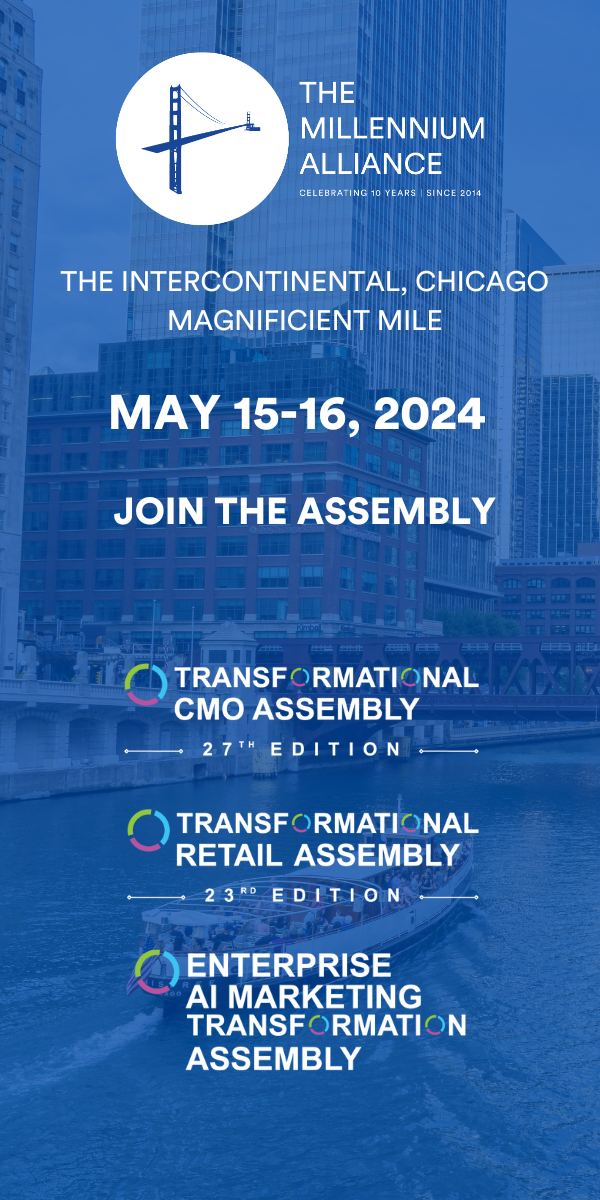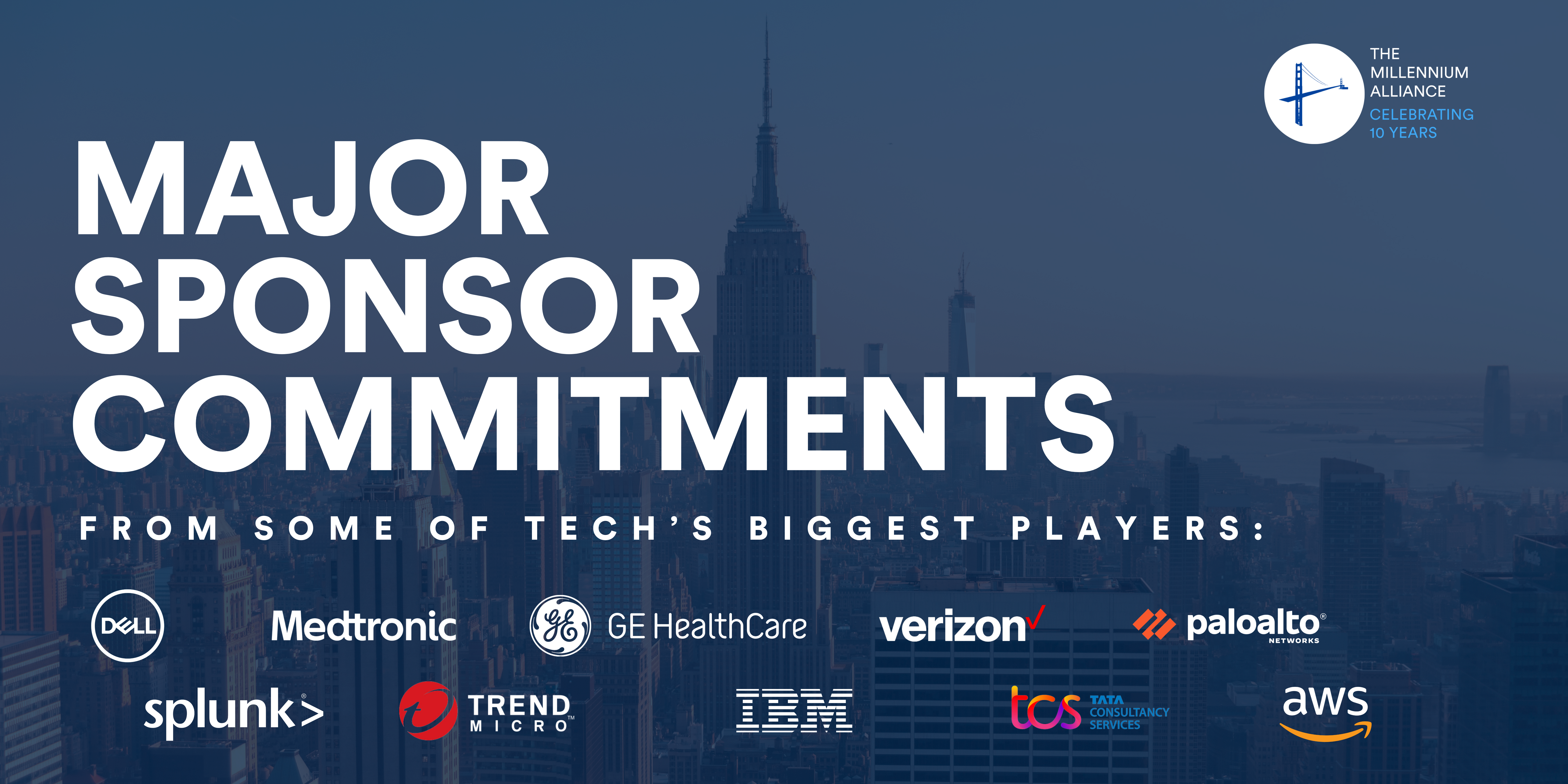A periodic newsletter from me, Michael Coates, on building security programs, security career growth, and emerging trends. If you were forwarded this newsletter, you can sign up here to receive updates.
For years it has been an “us” vs “them” mindset in security. The bad folks are somewhere in the world – name a current adversarial country or organization – and our company is filled with good people. Therefore, if we build a big barrier around our company we can keep out the bad and everything is good, right?
The “crunchy perimeter & squishy center” security model has come and gone – at least it should be gone. It’s a relic of an old time and has no place in today’s modern enterprise defense. For those of you that may be fortunate to have avoided it, what is this model? Here’s the quick info. The idea was to build a strict and highly regulated perimeter around the company. Firewalls blocked almost all traffic in and out. Any exceptions were strictly reviewed and scrutinized. Laptops either didn’t leave the office at all or maybe had a forced VPN to tunnel all traffic back through the office network. While the perimeter was strong, once inside there was a more relaxed environment of trust. Because, hey, we can trust all of our employees, right? (in general, sure, as a global policy, definitely not)
What happened to this model? My argument isn’t that we should dissolve the perimeter or cast those efforts as worthless. Instead, we must accept that the paradigm has shifted. There is no longer a formal boundary between outside and inside or “us” and “them”. The rise of cloud computing, SaaS applications, continued connectivity to business partners, contract workforces, BYOD and more all mean that the “internal” network is a very busy place with many different people, systems, and notably – many threats.
Two Big Reasons to Ditch the “Strong Perimeter & Squishy Center” Mentality
First, insider attacks are a real concern and not just a theoretical exercise. Insider attacks may be the result of malice or just carelessness, but there is no denying that they are happening. The 2019 Verizon Data Breach Report shows that in some sectors “Privilege Misuse and Error by insider account for 30 percent of breaches”. Multiple articles also show how prominent tech companies have felt the impact of overzealous employees abusing their access to private data.
Second, even if we assume there are no malicious insiders, the “squishy center” mentality means that once inside the network, an adversary has free rein. Taking this one step farther, we’re essentially saying that if an attacker ever finds a vulnerability in the perimeter then the breach is not just a perimeter breach, but likely a massive breach of internal systems and data too!
We agree, the internal network is untrusted. Now what?
Although the internal network may not be trusted, this doesn’t mean we throw out the firewalls and just let it be a free-for-all. Instead, let’s double down on the concept of least privilege, which the perimeter is the first step to broadly eliminate access to the world unless they authenticate via VPN. The next logical step is applying least privilege inside the network. In other words, shift the mentality in all places to enforce strong authentication, access control, and minimal access policies. One way to think about this is that the company network is essentially a coffee house wireless network. No trust is implicitly granted just because a person is in a particular physical location and has internet access. Instead, trust is proved whenever access to systems and data is required.
Here are a few concrete steps to help move a company in this direction
- Company Education – Wide company awareness and support is required. Teams building internal systems for sales, data science, developer efficiency etc all must understand that authentication and access control is required – even though the systems are internal only. As a security team you’ll be viewed much more favorably if you also provide pre-vetted libraries to achieve auth’n and auth’z.
- Security Architecture & Strategy – It’s time to understand and plan for a migration to a Zero Trust security model. Don’t be overwhelmed by hype here, you don’t need to do a full scale overhaul. But there are many small steps you can take to incorporate Zero Trust concepts into your security posture.
- Data First Security Policy – We’ve established that access to an internal network does not imply trust, therefore we must evaluate how trust is established for access to internal data systems. As a security exercise, look at two internal data stores, one within your on prem data center and one within a cloud deployment. Evaluate how you authenticate and authorize services or users that can access the data. For the services, follow the call chain. How do you ensure that the individual initializing the services call is authenticated and authorized for the action. This gets tricky, but it also gets to the core of a data first security policy. Without confidence in these controls you are instead relying on only trusted actors on your internal network – which we know is no longer realistic.
The migration from a long held security approach and belief system may be challenging. You’ll undoubtedly have naysayers and others that believe this work is paranoid and unwarranted. In all areas of security it’s critical to return to fundamental risk modeling practices. If your company is moving forward to adopt new technology architectures and business relationships, then your threat model is evolving too. Through your risk management you either accept the new risk, hold back the business by denying technologies or update mitigating controls to safely enable the business. The only thing I hope you don’t do is cling to old truths that no longer hold – unless verified by your fresh risk evaluation specific to your company’s profile, risk model and controls.
Michael
Want to chat? Find me @_mwc
 Contact Digital Diary
Contact Digital Diary  Subscribe Now
Subscribe Now  About Millenium Alliance
About Millenium Alliance 

 Check Out Our Events
Check Out Our Events  Check Out Our Community Dinners
Check Out Our Community Dinners  Check Out Digital Diary
Check Out Digital Diary










